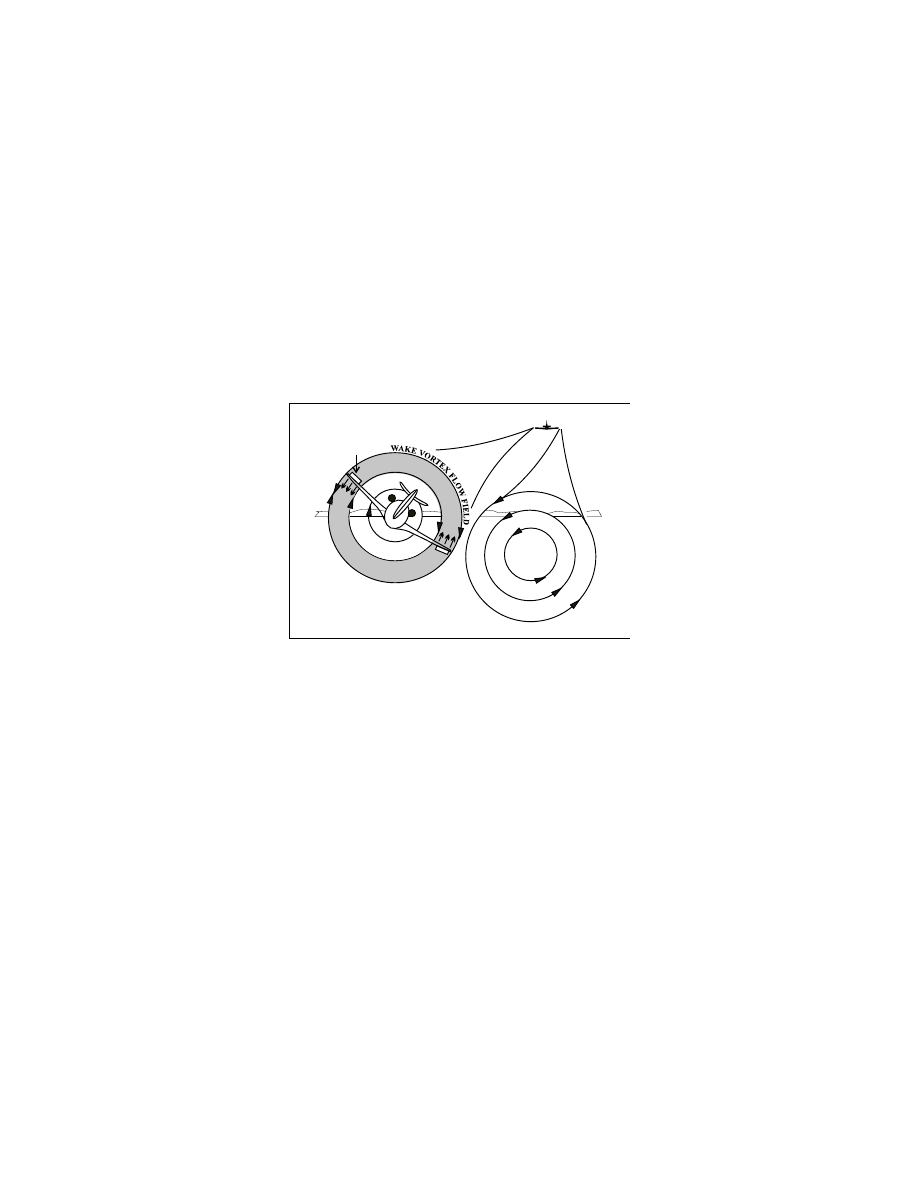
AIM
4/20/23
6.
Turn up cockpit lights to highest intensity to lessen temporary blindness from lightning.
7.
If using automatic pilot, disengage Altitude Hold Mode and Speed Hold Mode. The automatic altitude
and speed controls will increase maneuvers of the aircraft thus increasing structural stress.
8.
If using airborne radar, tilt the antenna up and down occasionally. This will permit the detection of other
thunderstorm activity at altitudes other than the one being flown.
c.
Following are some Do’s and Don’ts during the thunderstorm penetration:
1.
Do keep your eyes on your instruments. Looking outside the cockpit can increase danger of temporary
blindness from lightning.
2.
Don’t change power settings; maintain settings for the recommended turbulence penetration airspeed.
3.
Do maintain constant attitude. Allow the altitude and airspeed to fluctuate.
4.
Don’t turn back once you are in the thunderstorm. A straight course through the storm most likely will
get the aircraft out of the hazards most quickly. In addition, turning maneuvers increase stress on the aircraft.
7
−
1
−
64
Meteorology